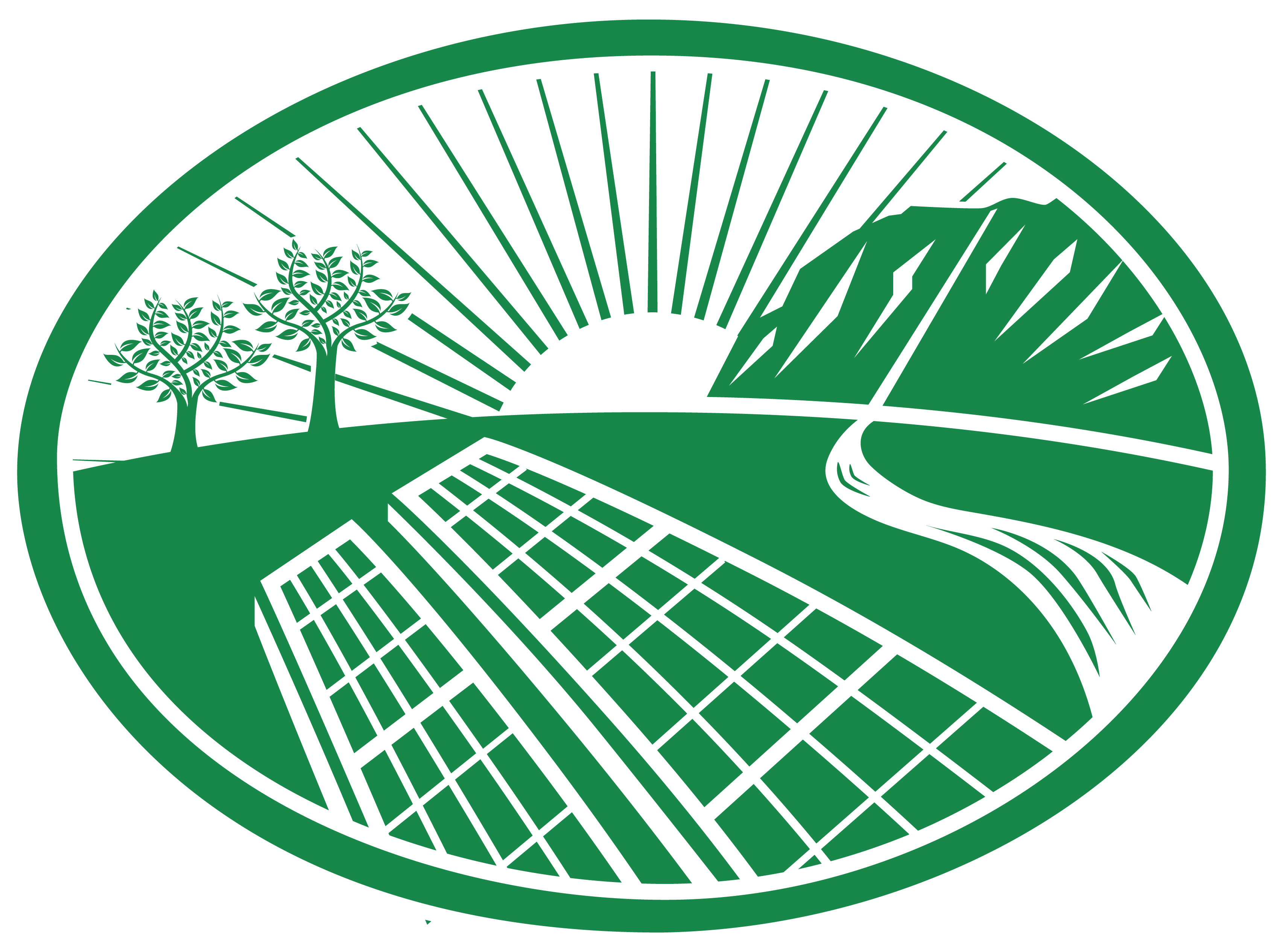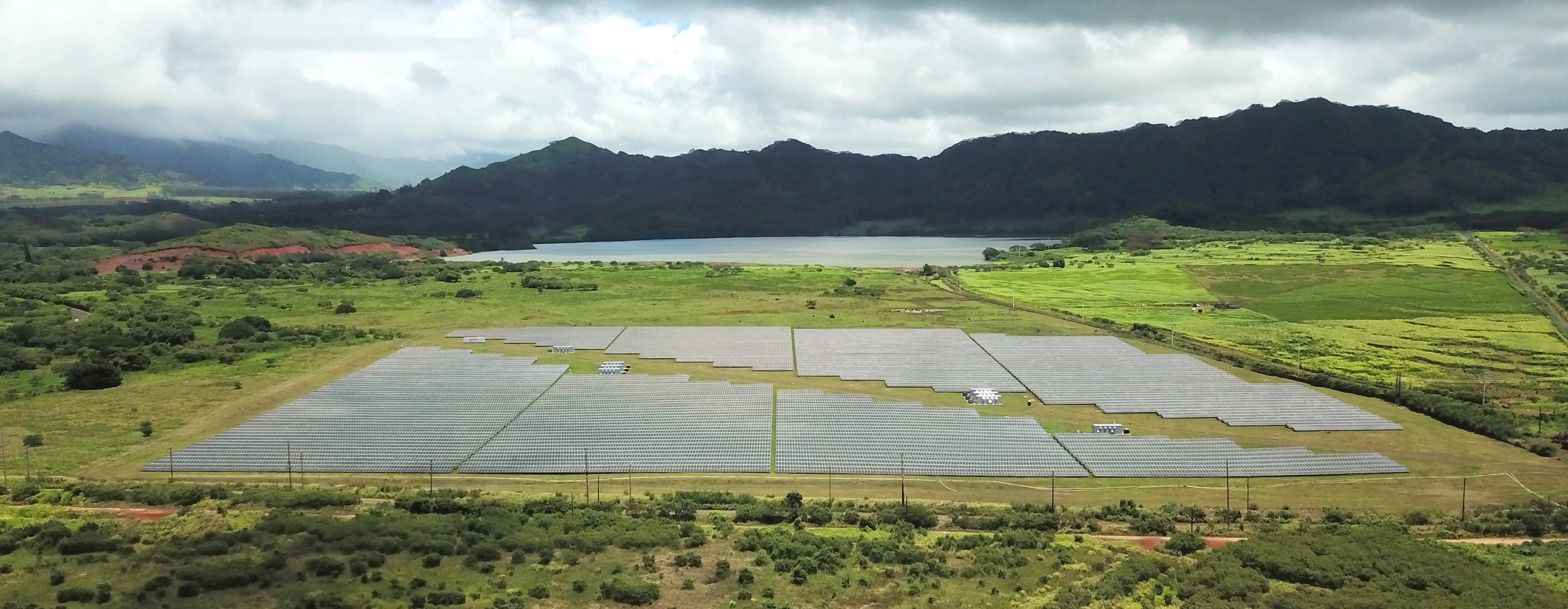Advocating Renewable Energy
Grove Farm is a strong advocate of renewable energy and is committed to responsible management of the Kaua‘i’s natural resources. Working with various companies, we continue to promote the use of renewable energy for the island. Through strategic partnerships, Grove Farm hopes to advance the State of Hawaii’s goal of 100% renewable power by the year 2045 and Kaua’i’s ambitious goal to reach 100% well ahead of that target date.
Tesla Solar Power and Battery Storage
In 2016, Grove Farm and SolarCity worked out an agreement to build a 13-megawatt facility with the ability to store up to 52-megawatt hours of electricity. Sitting on 52 acres of former pastureland in Kapaia, the site discharges the battery power at night, easing the burden of burning diesel for about four hours. This was the first utility-scale facility in the nation to utilize battery storage for dispatchable power during the evening peak. This state-of-the art facility saves the island about 1.6 million gallons of fossil fuels annually. |
Koloa Solar Array
A 12-megawatt solar array consisting of over 55,000 PV panels and owned by Kaua’i Island Utility Cooperative (KIUC) is located on Grove Farm property. At optimum production, it produces nearly 6 percent of Kauai's energy needs, which reduces KIUC's oil consumption by 1.7 million gallons a year.
Hydro-Electric Power
Kauaʻi is fortunate to be home to Mount Waiʻaleʻale, one of the wettest spots on Earth. Millions of gallons of water run into the ocean each day with a small portion passing through hydro-electric power plants. There are five hydroelectric systems in place on the island of which two plants benefit through Grove Farm managed waterways. Hydro-electric power provides 7.5% of the island’s electricity needs and is the most cost-effective of all renewable energy sources.
Biomass
Chances are, when you're driving around Kaua‘i, you will notice a bunch of albizia trees -- Falcataria Moluccana -- towering over vegetation on the sides of roads. While beautiful and stately, albizia is one of the most destructive and invasive species in Hawai‘i.
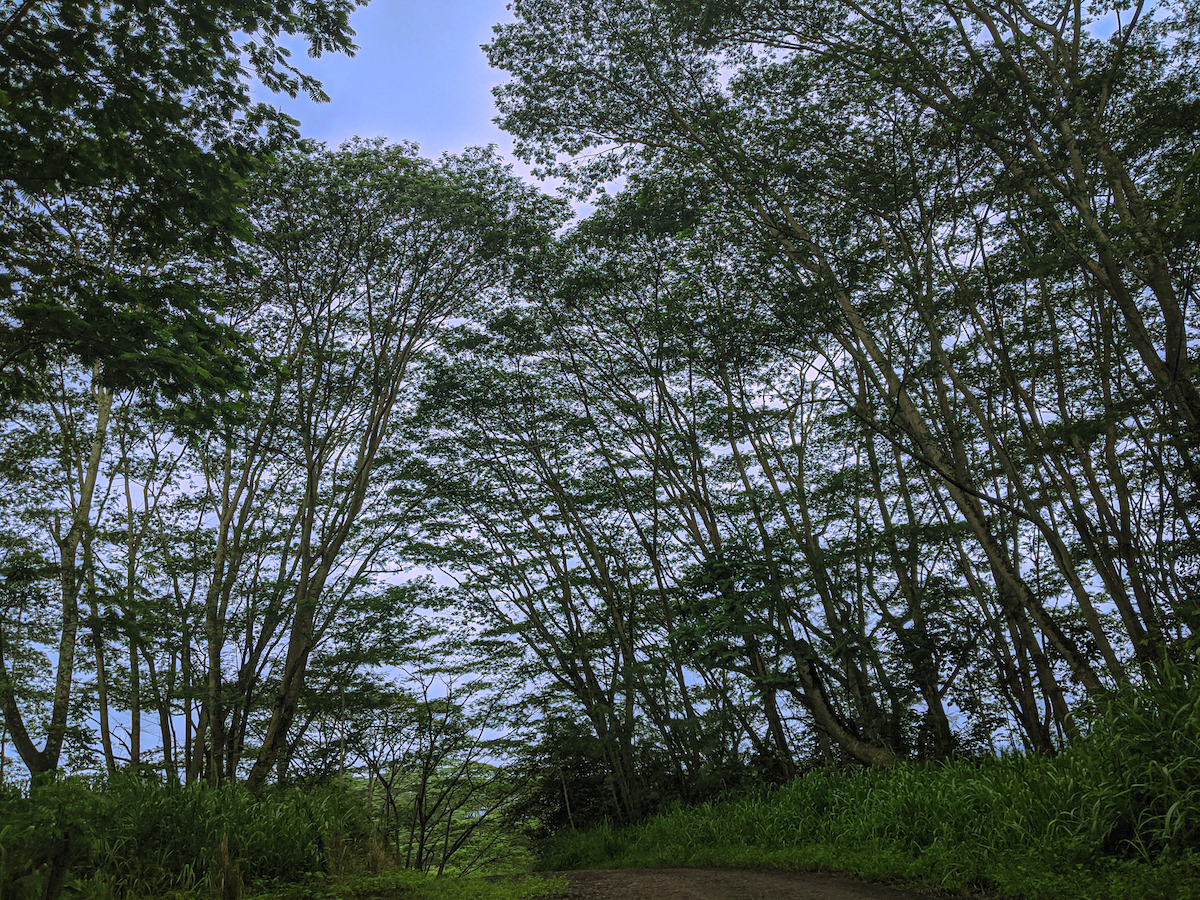
The Invasive Albizia Tree
Brought to the islands in 1917 by biologist Joseph Rock, the first specimen planted still lives in the Lyon Arboretum on O‘ahu. Albizia is commonly used for matchsticks, shipping pallets, wooden boxes, and chopsticks. The most massive tree in the legume family, they can grow up to 20 feet in one year!
Albizia is a perfect example of an invasive species in Hawaiʻi. It seeds well, it multiplies with ease, and it has no natural predators. Albizia has shallow roots with fragile limbs, which make it susceptible to falling in high winds, causing landslides. On the Big Island, Hawaiian Electric Company estimates that fallen albizia trees during Tropical Storm Iselle resulted in $13 million in damages. On Kaua'i, the abundance of albizia has resulted in landslides, damage to critical utility infrastructure, road closures, and hazardous driving conditions.
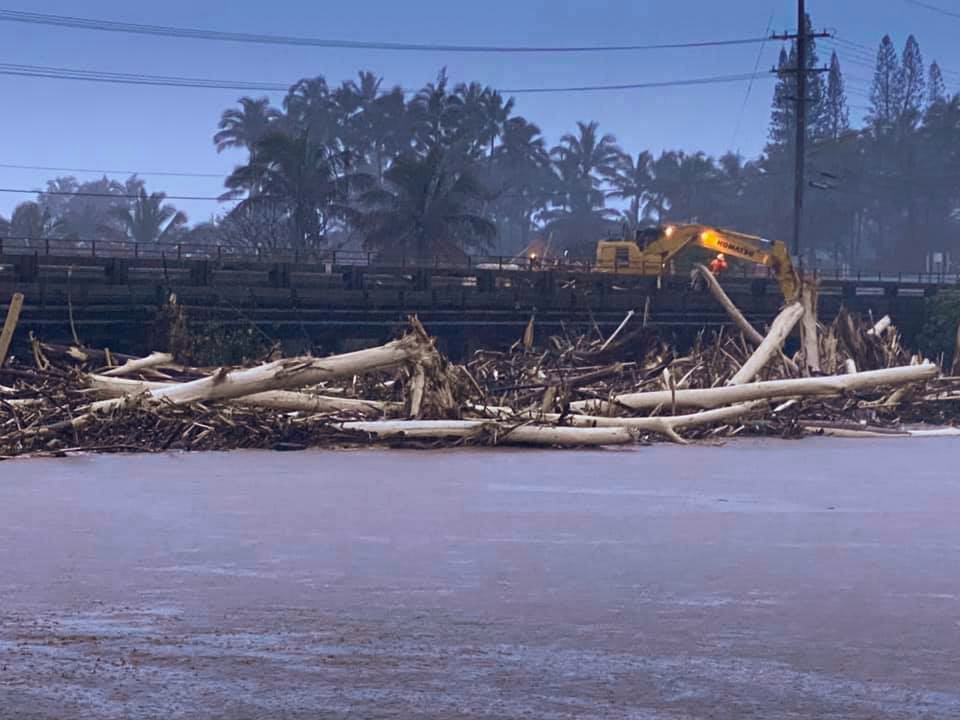
For example, the storm in late March 2020 caused the blockage of the Wailua River mouth when massive albizia logs lodged around the bridge and blocked water flow to the ocean. The water then backed up and caused damage to neaby roads, homes, and businesses. It also affected the structural integrity of the bridge!
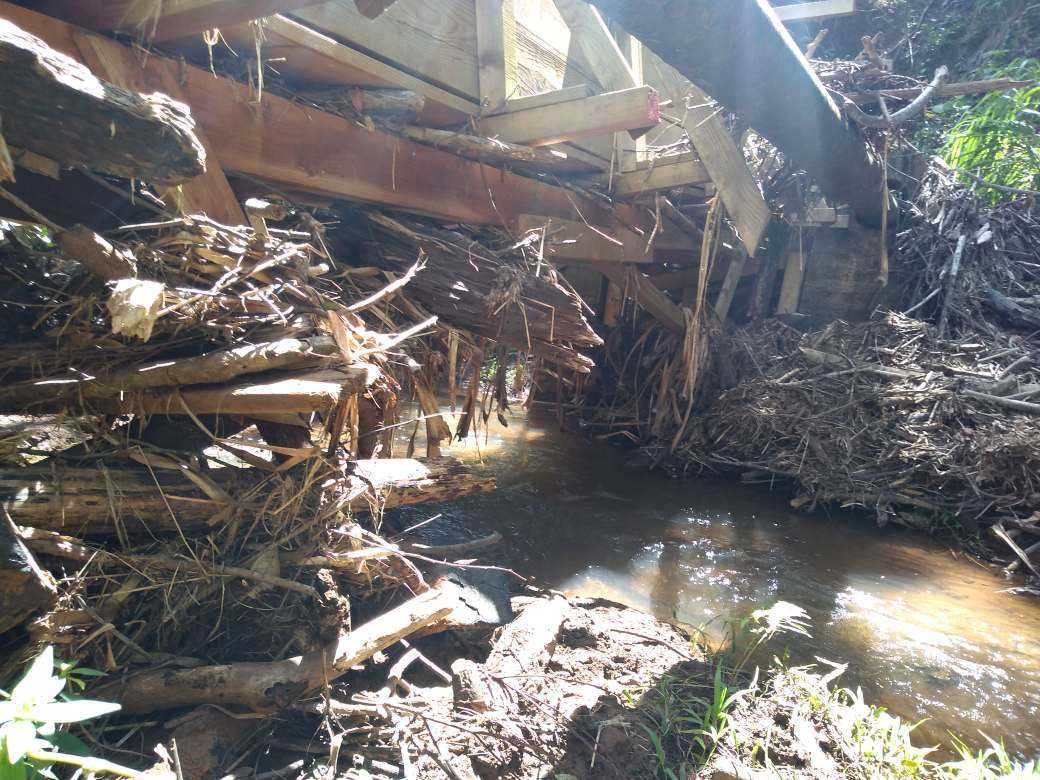
Grove Farm also suffered considerable damage from this storm as albizia trees fell on important water infrastructure and logs and branches blocked water flow. Landslides also resulted as the lush canopy of the albizia prevents vegetation growth beneath it, causing weakened slopes. Heavy rains washed away exposed soil leaving the weak albizia to uproot and result in dangerous landslides.
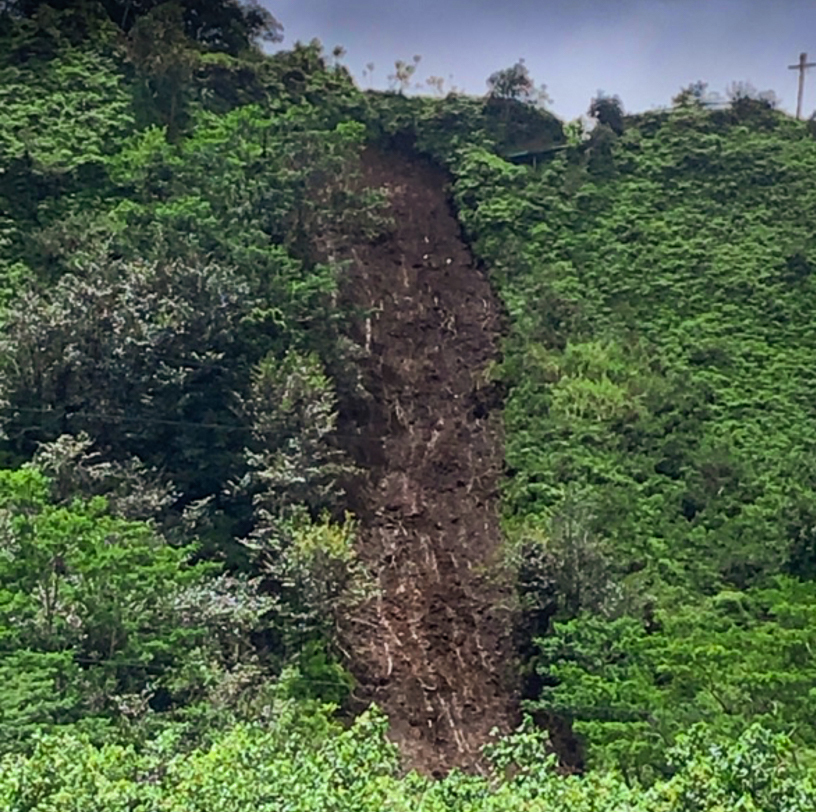
The destruction caused by albizia is tremendous. The fact that its seeds can spread easily and propagate quickly has wreaked havoc to our island. It is important that we take care of this issue to prevent further destruction. Here is where Green Energy steps in to help with the invasive albizia.
Green Energy to the Rescue
Green Energy runs the biomass plant here on Kauaʻi. They fell, chip, and burn the invasive albizia to create almost 12% of the island's electricity. The plant, located near Halfway Bridge, replaces up to 3.7 million gallons of fossil fuel a year from being imported to Kauaʻi. This is an annual savings of approximately $12 million – money that stays on island! Plus, Green Energy already created 43 long-term jobs ranging in many skillsets, including nursery managers, heavy equipment operators, plant technicians, mechanics, welders/fabricators, and engineers – and they continue to seek to fill more positions.
Green Energy has been providing firm power – meaning 24/7 -- to Kauaʻi Island Utility Cooperative (KIUC) since 2015. This plant is an integral part in moving towards KIUC’s goal of 100% renewable energy by 2045. In fact, since late 2019, there have been numerous days when the island operated at 100% renewable due to the combination of rooftop solar, utility-scale solar, hydroelectric, and biomass – an amazing achievement!
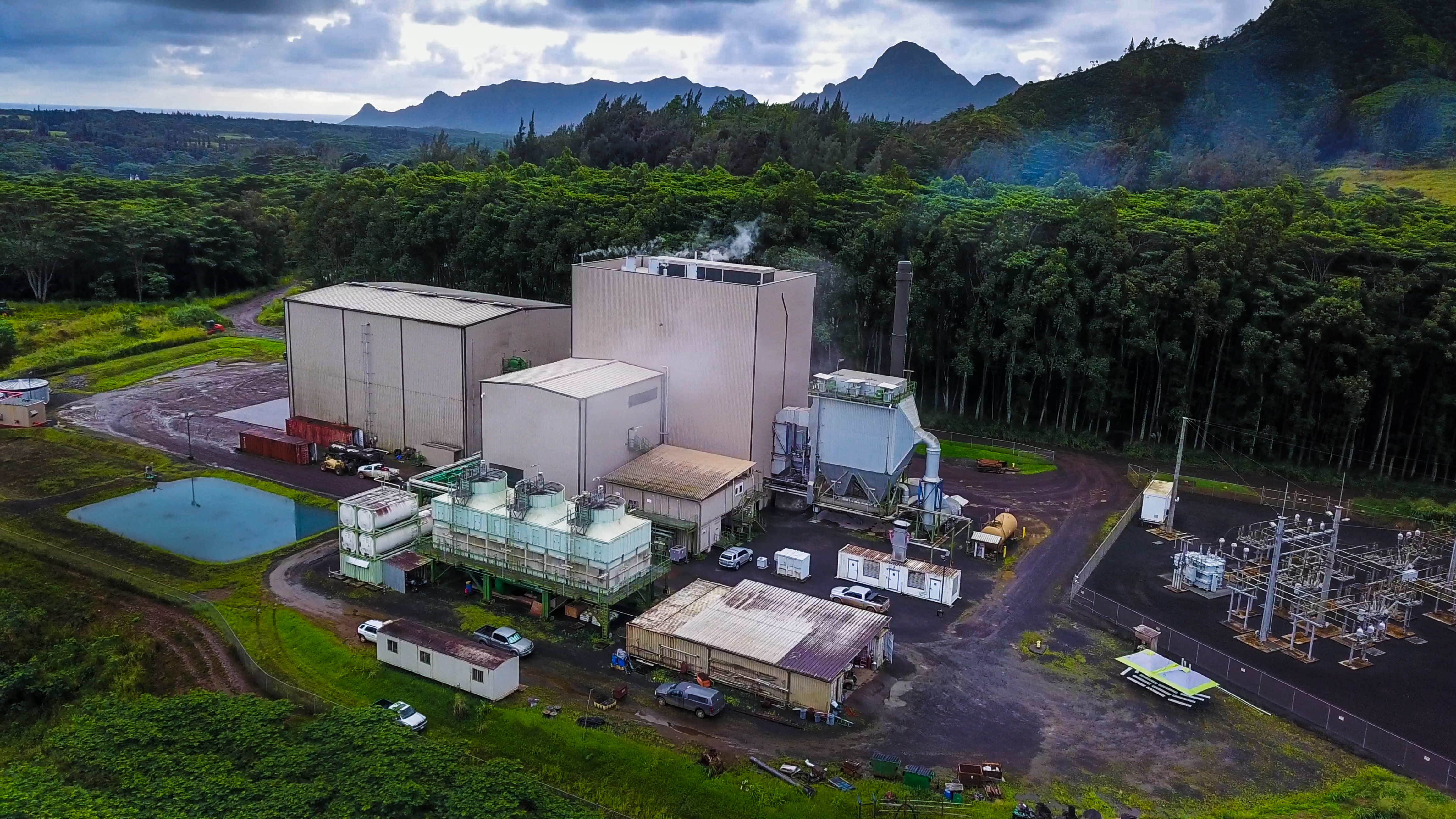
Green Energy is privately owned and is the only closed-loop plant in the nation. A closed-loop plant means every step in the process uses resources already here on the island. They harvest invasive trees such as albizia and replaces them with non-invasive eucalyptus trees propagated on Kauaʻi. The water used in the process is drawn from two wells in the area and the condensed steam is returned to holding beds that percolate to recharge the aquifers. “We are using Kauaʻi resources to make Kauaʻi energy,” Plant Manager Gilles Lebbe said, “Sustainability is the main goal to do business here.” In achieving this goal, Green Energy is committed to planting one million trees every year.
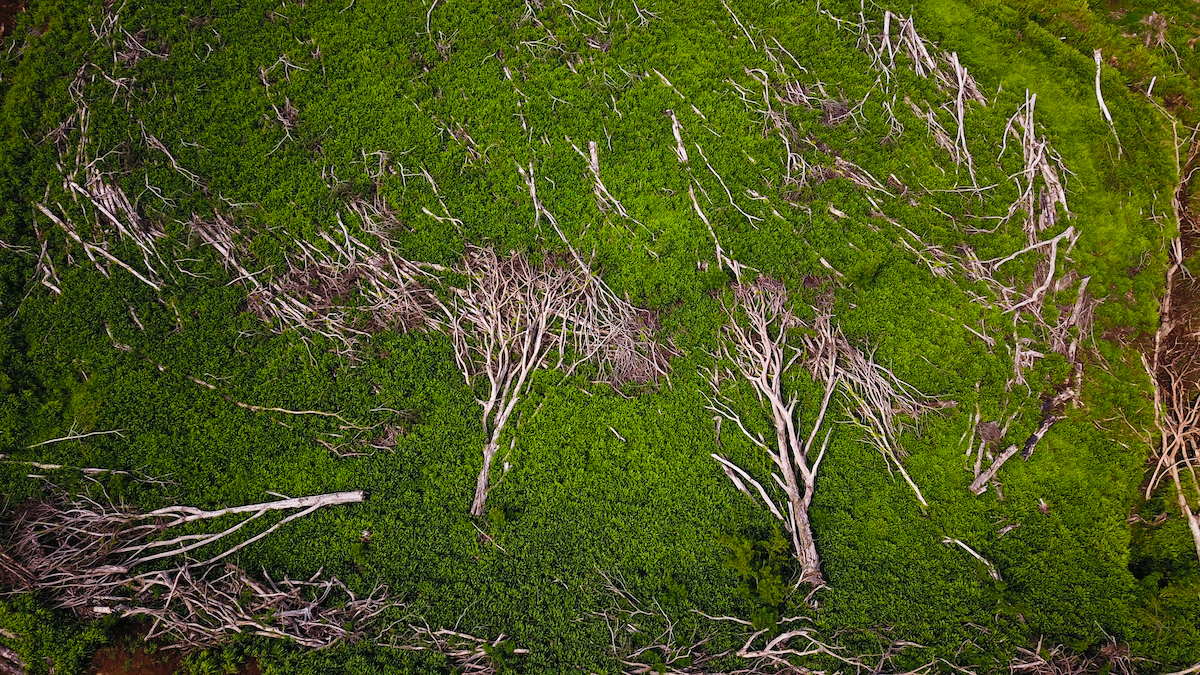
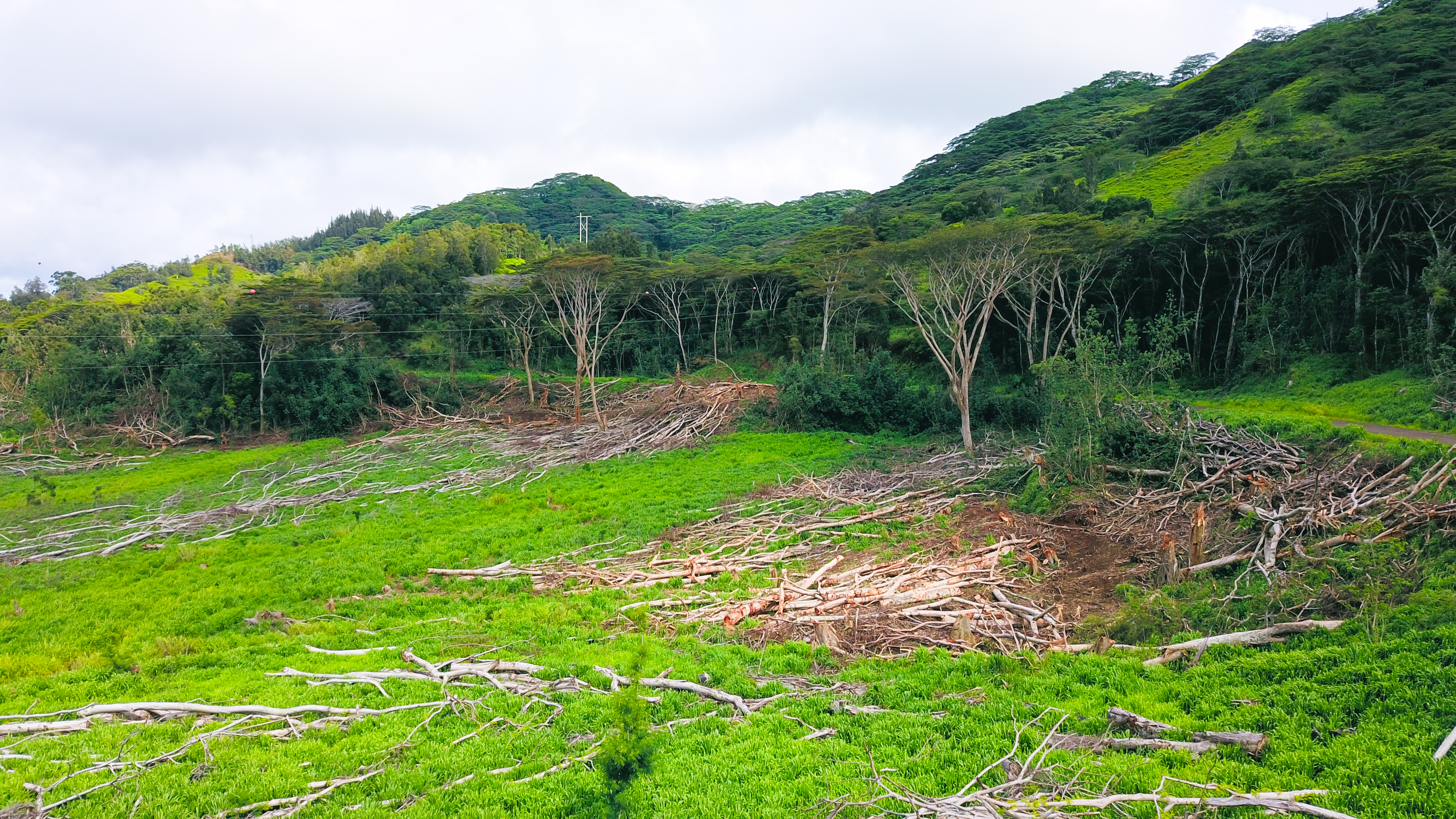
Turning a field of albizia into electricity takes about two months, depending on the weather. First, Green Energy cuts the trees down and lets them dry in the area for about six to eight weeks. The wood is then crushed, split, and chipped into a truck that delivers it to the facility. The wood chips are burned to heat water. The steam created turns a turbine that produces electricity. The ashes from the wood chips are captured and used to fertilize the newly planted eucalyptus trees in the field.
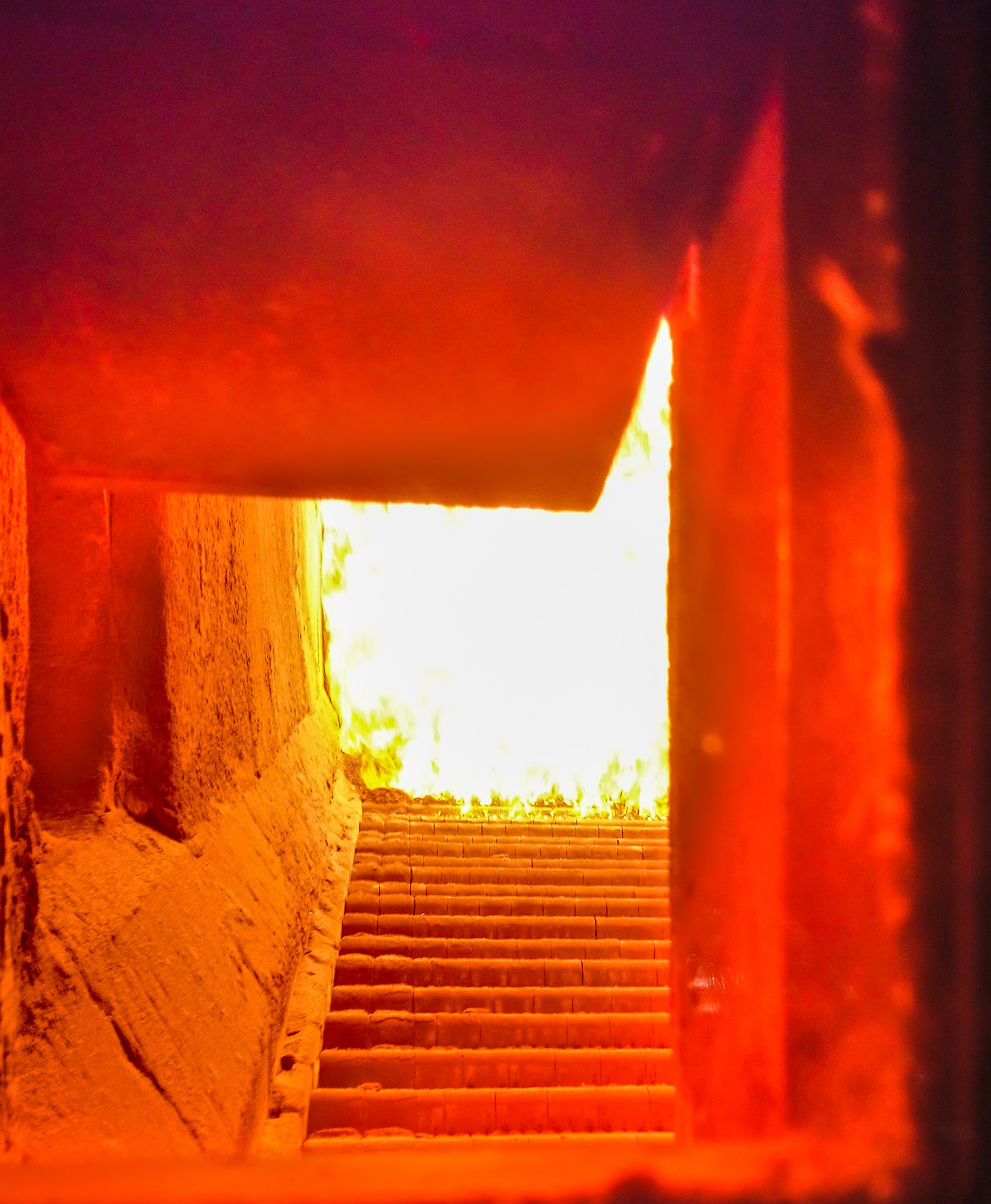
Why replace with eucalyptus? Eucalyptus is one of the most common trees on the planet. It has dense wood that grows quickly and is cheaper to harvest than albizia. Green Energy knew they had to replace the invasive albizia with a sustainable tree species that can adapt to Kauaʻi soil, is noninvasive, and has a high British Thermal Unit (BTU) rating. BTU is a measurement of heat required to raise one pound of water one degree. Albizia has an abysmal BTU rating, while eucalyptus has one of the highest – which means it burns hotter. Working with the Kauaʻi Invasive Species Council, Green Energy selected 150 cultivars of eucalyptus species. They narrowed it down to 30 species that you see growing on Kaua‘i today.
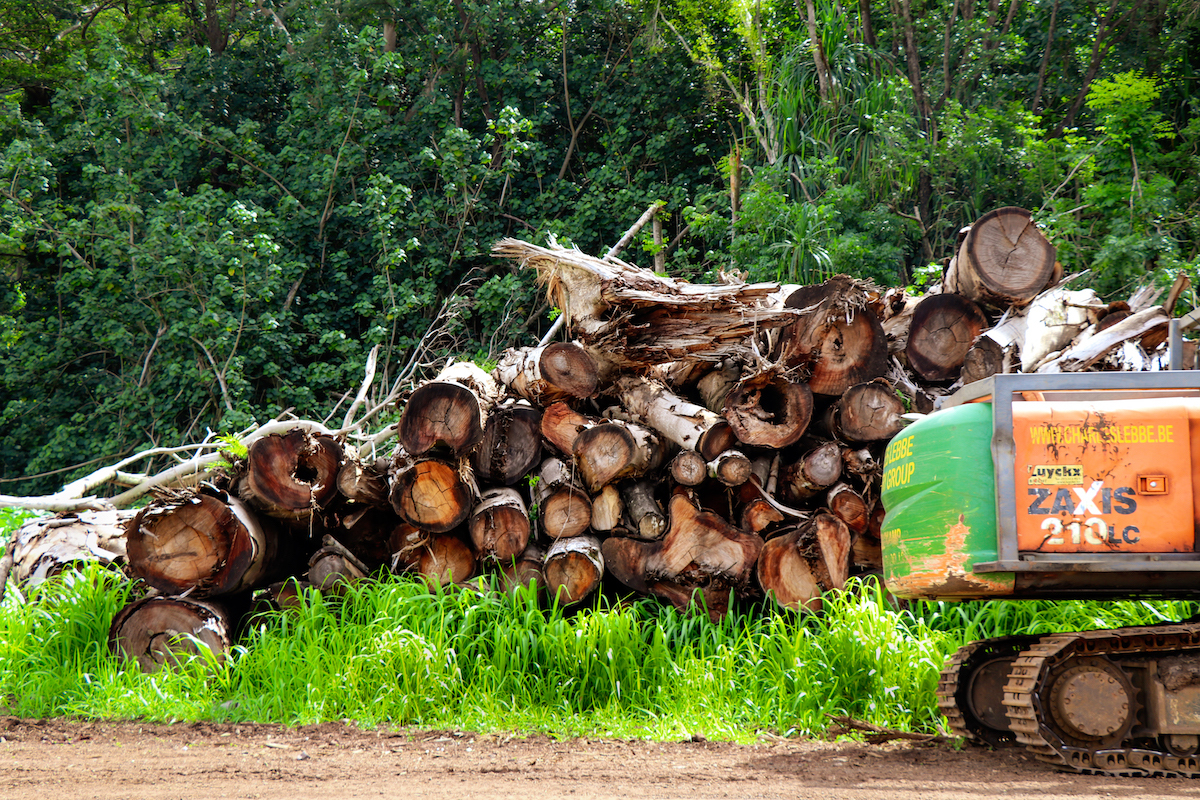
Green Energy has looked into experimenting with other widely common material on Kauaʻi like hau and guinea grass. “The science and the research aren’t proven to work yet,” said Lebbe. “One of the basic needs of every community is electricity. It's best to take the safe route that's guaranteed to work. You can’t take risks with energy.”
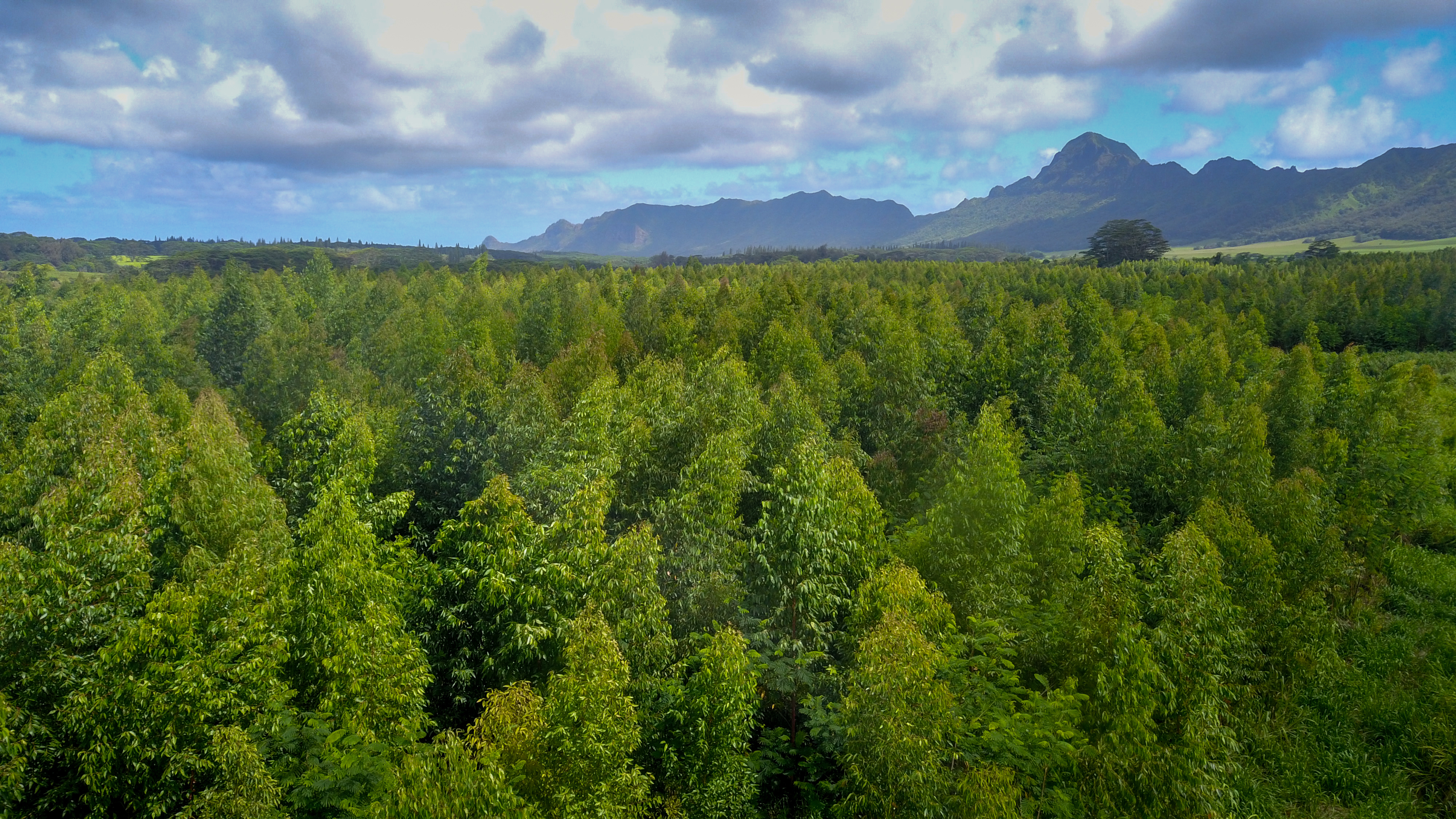
This model has been in existence since 2015 and proves that creating sustainable and renewable energy, reducing our carbon footprint, providing jobs in our community and eradicating invasive species works. Green Energy Kaua‘i -- www.greenenergykauai.com – is a proven model that should be replicated elsewhere in Hawaii and even worldwide.
Other Sustainability Initiatives
Grove Farm's vision is to build a sustainable Kaua'i by being a leader in social entrepreneurship and island-enhancing activities while remaining deeply committed to preserving the island's cultural and historical linkages - whether it be through the preservation of historic sites, promoting alternative energy sources, supporting agriculture and food production, education and propagation of plants, encouraging a healthy lifestyle or protecting water sources.
Learn about other initiatives